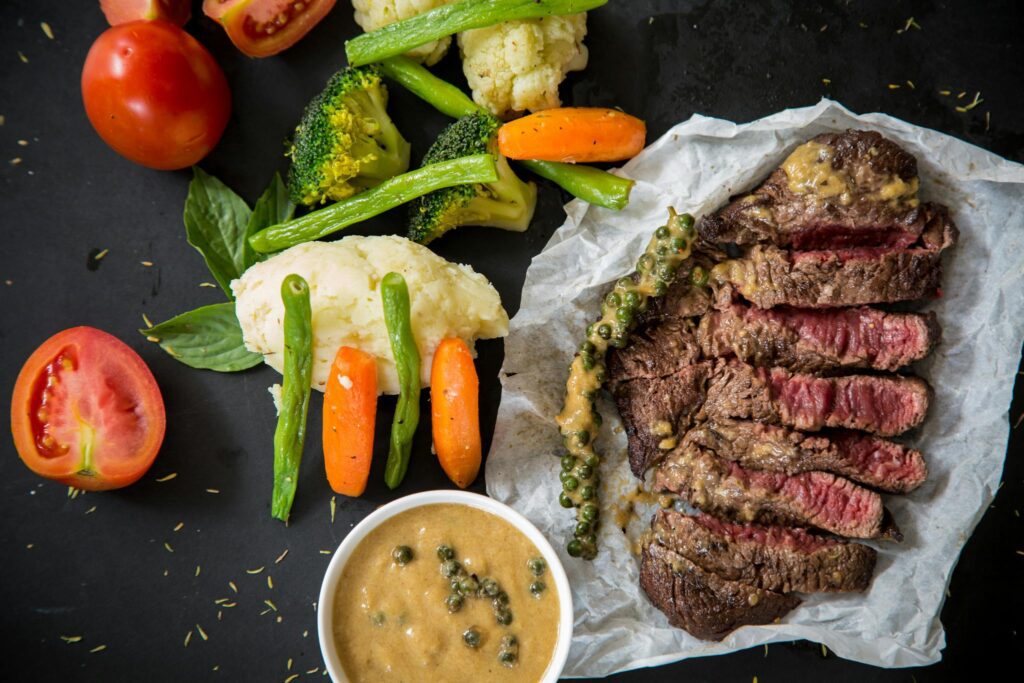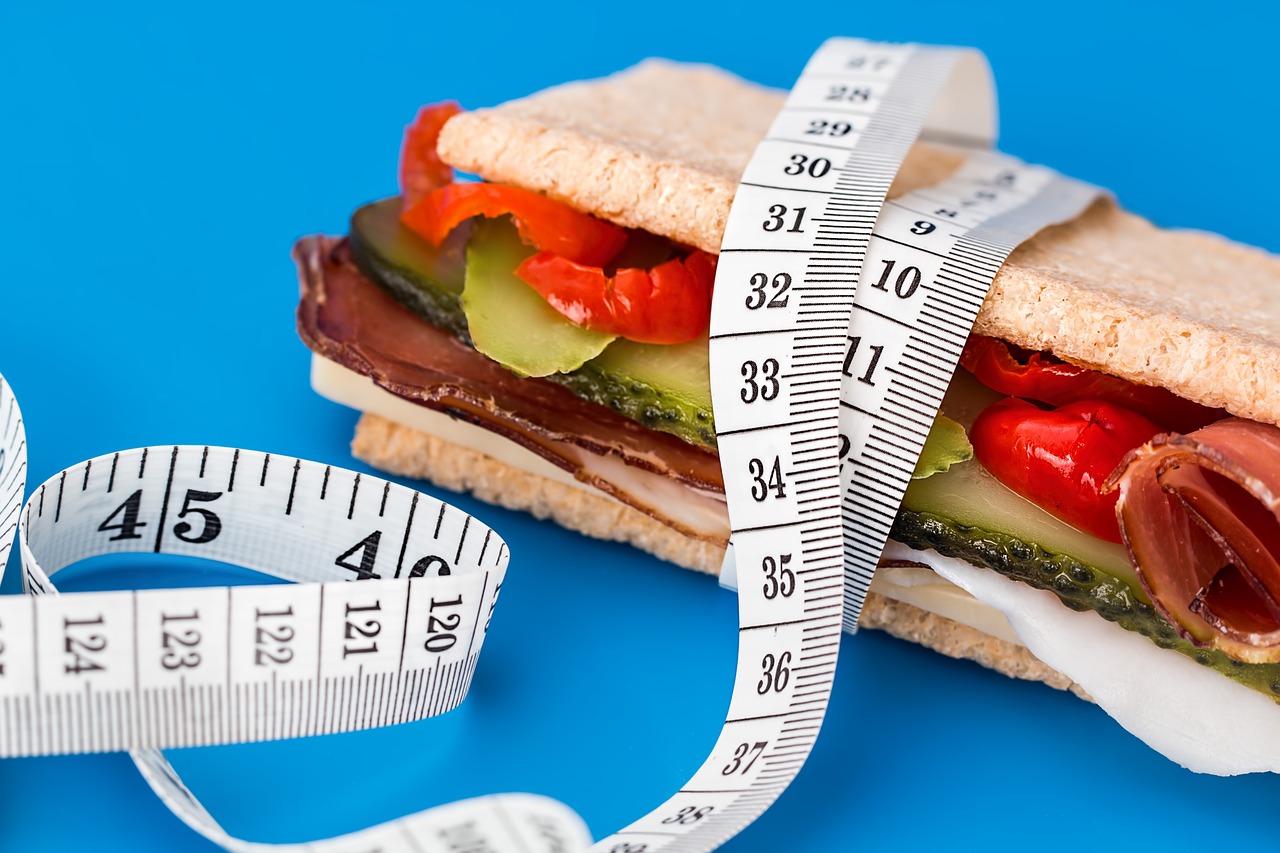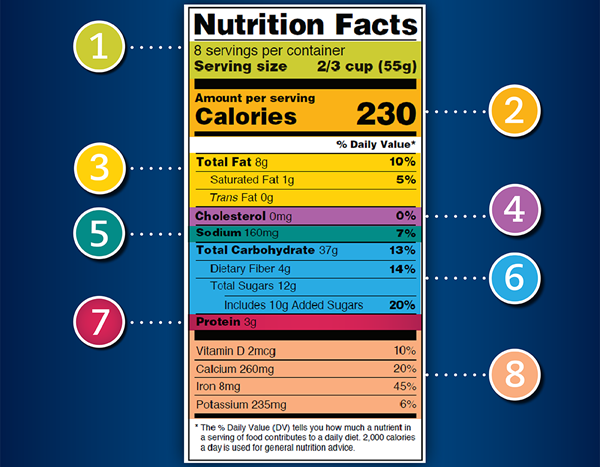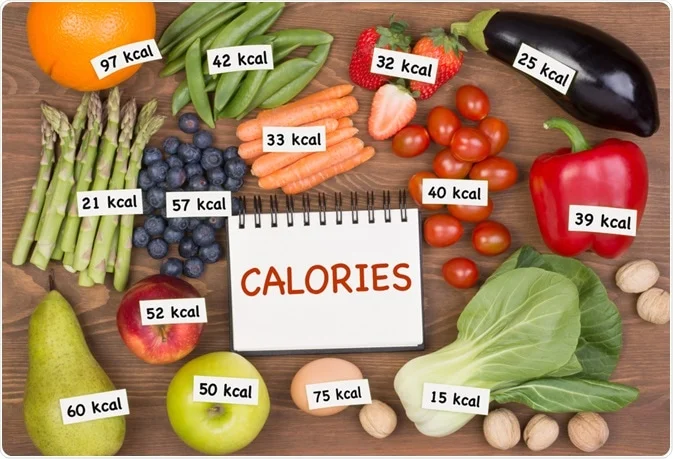Losing weight isn’t just about eating less—it’s about eating right. With so many diet plans available, choosing the right one can feel overwhelming. Some diets focus on cutting carbs, while others emphasize protein, healthy fats, or fasting periods. But which one is best for your body, lifestyle, and long-term success?
In this guide, we’ll explore the most effective weight loss diets, how they work, their benefits, and potential downsides. Whether you’re looking for fast results, a balanced approach, or a sustainable lifestyle change, there’s a diet that fits your needs. Let’s dive in and discover the best weight loss diet for you!
Table of Contents
1. Understanding Weight Loss
Weight loss happens when you consume fewer calories than you burn, creating a caloric deficit. However, it’s important to do this healthily, ensuring you get all the necessary nutrients to support your body’s functions.
Factors Affecting Weight Loss:
✔ Metabolism – The rate at which your body burns calories.
✔ Age & Gender – Younger people and men tend to have faster metabolisms.
✔ Physical Activity – Exercise helps burn calories and build muscle.
✔ Diet Composition – The types of foods you eat impact weight loss.
2. How a Weight Loss Diet Works
A weight loss diet works by creating a calorie deficit, meaning you consume fewer calories than your body burns. This forces your body to use stored fat for energy, leading to weight loss over time. However, it’s not just about eating less—the quality of food, nutrient balance, and meal timing also play key roles in effective and sustainable weight loss.
A successful weight loss diet should:
- Control calorie intake without starving the body.
- Focus on nutrient-dense foods that provide essential vitamins and minerals.
- Regulate macronutrients (proteins, carbs, and fats) to balance energy levels.
- Include long-term, sustainable eating habits to prevent regaining weight.
3. Types of Weight Loss Diets


3.1. Low-Carb Diet
A low card diet restricts carbohydrates (such as bread, pasta and sugar) and focuses on protein and healthy fat to promote fat burning.
How It Works:
This weight loss diet
- Reduces insulin levels, helping the body burn stored fat for energy.
- Keeps blood sugar stable, reducing hunger and cravings.
- Encourages ketosis (in very low-carb versions like the Keto diet).
Popular Low-Carb Diets:
- Ketogenic Diet (Keto) – Extremely low in carbs, high in fat.
- Atkins Diet – Low-carb but gradually reintroduces carbs over time.
- South Beach Diet – Focuses on healthy carbs and lean proteins.
3.2. High-Protein Diet
A high-protein diet emphasizes protein-rich foods like meat, eggs, dairy, and plant-based protein sources to promote weight loss and muscle preservation.
How It Works:
This weight loss diet
- Protein increases satiety (feeling full), reducing overall calorie intake.
- Boosts metabolism and helps maintain muscle mass during weight loss.
- Prevents muscle loss while burning fat.
3.3. Mediterranean Diet
Inspired by the eating habits of people in the Mediterranean region, this diet emphasizes healthy fats, lean proteins, and whole foods.
How It Works:
This weight loss diet
- Encourages natural, unprocessed foods.
- Rich in omega-3 fatty acids from fish and olive oil.
- Includes moderate amounts of whole grains and dairy.
3.4. Intermittent Fasting
Instead of focusing on what you eat, Intermittent Fasting (IF) focuses on when you eat. It cycles between eating and fasting periods.
Popular IF Methods:
- 16:8 Method – Fast for 16 hours, eat within an 8-hour window.
- 5:2 Diet – Eat normally for 5 days, restrict calories for 2 days.
3.5. Low-Fat Diet
A low-fat diet limits fat intake, focusing on lean proteins, whole grains, and fruits and vegetables.
How It Works:
This weight loss diet
- Reduces calorie intake by cutting down on fatty foods.
- Promotes heart health by reducing unhealthy saturated fats.
Popular Low-Fat Diets:
- Ornish Diet – A vegetarian-based, very low-fat diet.
- Traditional Low-Fat Diet – Encourages plant-based foods and lean proteins.
4. Best Foods for Weight Loss
When it comes to weight loss, what you eat matters just as much as how much you eat. Choosing nutrient-dense, low-calorie foods can help you stay full, boost metabolism, and burn fat more effectively. The best weight-loss foods are rich in protein, fiber, and healthy fats, which keep you satisfied and prevent overeating.
4.1. Protein-Rich Foods
- Lean meats (chicken, turkey, fish).
- Eggs and dairy (Greek yogurt, cottage cheese).
- Plant-based proteins (lentils, tofu, quinoa).
4.2. Fiber-Rich Foods
- Whole grains (brown rice, oats, quinoa).
- Vegetables (spinach, broccoli, carrots).
- Legumes (beans, chickpeas, lentils).
4.3. Healthy Fats
- Avocados, nuts, seeds.
- Olive oil, coconut oil.
- Fatty fish (salmon, mackerel).
4.4. Hydrating Foods
- Watermelon, cucumber, celery.
- Green tea, herbal teas.
For healthy eating checkout: http://milletmiracles.com/
5. Foods to Avoid for Weight Loss
Losing weight isn’t just about eating the right foods—it’s also about avoiding the wrong ones. Some foods may seem harmless but can slow down your progress by adding excess calories, sugar, and unhealthy fats to your diet. Processed snacks, sugary drinks, and refined carbs can trigger cravings, cause blood sugar spikes, and lead to fat storage.
❌ Processed foods (chips, cookies, fast food).
❌ Sugary drinks (sodas, fruit juices).
❌ Refined carbs (white bread, pastries).
❌ Fried and greasy foods.
❌ Excessive alcohol consumption.
6. Tips for a Successful Weight Loss Diet
✔ Eat Mindfully – Avoid distractions while eating.
✔ Control Portions – Use smaller plates and measure servings.
✔ Stay Hydrated – Drink plenty of water throughout the day.
✔ Prepare Meals in Advance – Prevents unhealthy choices.
✔ Be Consistent – Stick to your diet plan for long-term results.
7. Weight Loss Meal Plan (Sample)
| Meal | Example 1 | Example 2 |
|---|---|---|
| Breakfast | Scrambled eggs with spinach & whole-wheat toast | Oatmeal with chia seeds & berries |
| Lunch | Grilled chicken salad with avocado | Quinoa with black beans & roasted vegetables |
| Dinner | Baked salmon with steamed broccoli & brown rice | Stir-fried tofu with mixed vegetables |
| Snacks | Handful of almonds | Greek yogurt with honey & flaxseeds |
8. The Role of Exercise in Weight Loss
When it comes to weight loss, diet often takes the spotlight, but exercise plays a crucial role in achieving and maintaining a healthy weight. While reducing calorie intake helps shed pounds, physical activity boosts metabolism, burns fat, and preserves muscle, making weight loss more effective and sustainable.
Beyond just burning calories, exercise improves overall health, increases energy levels, and enhances mood, making it an essential part of any weight loss journey.
While diet is the main factor in weight loss, exercise helps:
✔ Boost metabolism.
✔ Preserve muscle mass.
✔ Improve heart health.
✔ Increase calorie burn.
Best Exercises for Weight Loss:
Cardiovascular Exercise (Cardio)
Cardio workouts burn a high number of calories and improve heart health. Examples include:
✔ Walking – Low-impact but effective for beginners.
✔ Running/Jogging – Burns more calories and improves endurance.
✔ Cycling – Great for joint health and toning legs.
✔ Swimming – A full-body workout that’s easy on the joints.
✔ Jump Rope – High-calorie burn in a short time.
Strength Training (Resistance Training)
Lifting weights or using bodyweight exercises helps build muscle, which increases calorie burn even at rest. Examples include:
✔ Weightlifting – Increases muscle mass and strength.
✔ Bodyweight Exercises (push-ups, squats, lunges) – Strengthens muscles without equipment.
✔ Resistance Bands – Great for toning and flexibility.
High-Intensity Interval Training (HIIT)
HIIT workouts involve short bursts of intense exercise followed by rest periods.
✔ Burns more fat in less time than steady-state cardio.
✔ Keeps metabolism high even after exercise (afterburn effect).
✔ Effective for people with busy schedules.
Flexibility and Core Workouts
These exercises improve mobility, posture, and balance, making other workouts more effective.
✔ Yoga – Helps with flexibility, stress reduction, and muscle toning.
✔ Pilates – Strengthens the core and improves endurance.

Check out our products for exercise help http://fitsoulguide.com/products/
9. Common Myths About Weight Loss
When it comes to weight loss diets, there’s a lot of misinformation out there. From crash diets to “fat-burning” foods, many myths can mislead people and make weight loss harder than it needs to be. Believing in these myths can lead to frustration, slow progress, and even health risks.
❌ Myth: Skipping meals helps you lose weight.
✔ Truth: It slows metabolism and can lead to overeating later.
❌ Myth: Eating fat makes you fat.
✔ Truth: Healthy fats are essential for metabolism and overall health.
❌ Myth: Carbs should be completely avoided.
✔ Truth: Whole carbs like brown rice and oats are beneficial.
10. Final Thoughts
With so many weight loss diets available, the key to success is finding one that fits your lifestyle, preferences, and health goals. Whether you prefer low-carb, high-protein, intermittent fasting, or a plant-based approach, the most effective diet is the one you can stick to in the long run.
Remember, sustainable weight loss is not about quick fixes—it’s about building healthy habits, balanced nutrition, and an active lifestyle. No matter which diet you choose, consistency, portion control, and mindful eating are essential for long-term success.
Are you ready to start your weight loss journey? Choose wisely, stay motivated, and enjoy the process.




